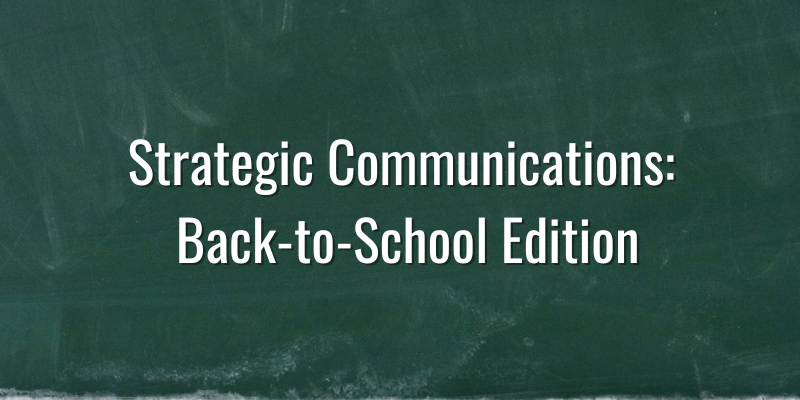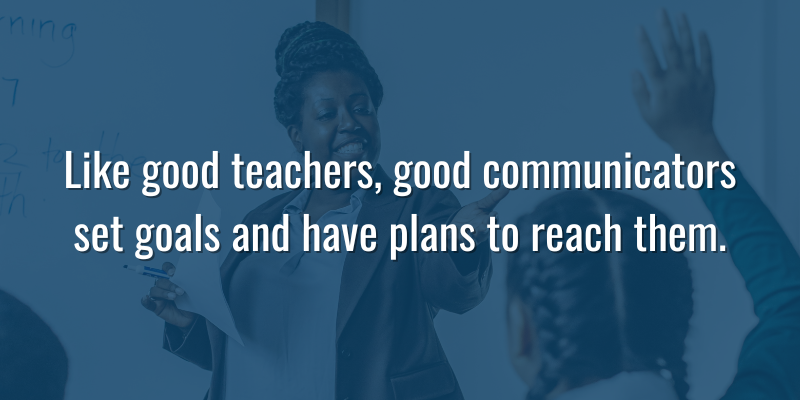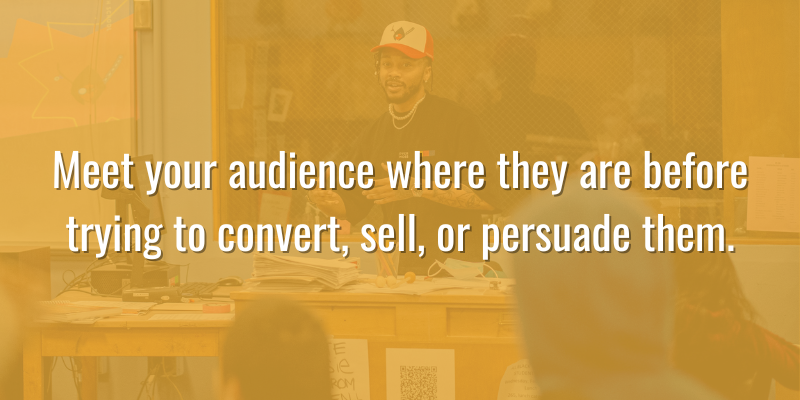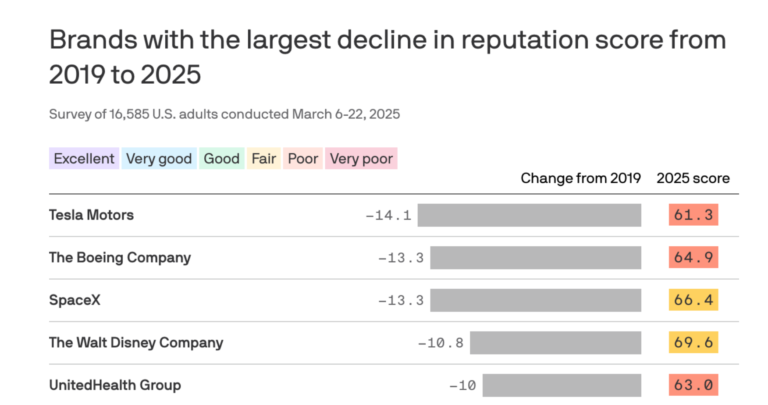
Key Takeaways:
We can learn a lot from teachers about strategic communications. They have goals, plans to reach them, audience awareness, and strategies for engagement.
Just like teachers build on previous lessons communicators should ensure that marketing tactics align with and support brand strategy and goals.
The best teachers don’t just talk “at” their students, they engage them in meaningful conversations that create connections and learning opportunities. Treat your audience the same way.
Well, it’s that time of year again. Summer break is over and kids are heading back to school. Parents are breathing a sigh of relief, phone alarms are set, and teachers everywhere are hoping they don’t get “that” kid (or parent!) in their class.
Being married to an elementary school teacher for 20+ years, I’ve heard more than my fair share of classroom stories. Most of the teachers I know are excellent communicators, and can teach us all a few lessons on effective advocacy, marketing, and community engagement.
Teachers have goals and a plan to achieve them.
Good teachers don’t just walk into class each day and teach whatever they want. They have standards and guidelines for educating their students, and they develop lesson plans to help their students achieve those milestones.
We see organizations miss this crucial step all too often. They spend all their time and effort dealing with day-to-day operations—the equivalent of managing rowdy students in a classroom—and they never get around to actually setting their goals and building a plan to achieve them. Then, just like a teacher who never followed their lesson plans, their business begins to fall behind.

Do you have measurable goals for your marketing and strategic communications, and a plan to reach those goals? If not, you run the risk of losing your audience—and unlike students in a classroom, they aren’t legally required to sit still and listen to your every word.
Teachers meet their students where they are.
In addition to having clear goals and a plan to reach them, good teachers also understand where their students are in the learning process, and start at that point.
Just as you shouldn’t expect a class full of children to learn algebra if they haven’t mastered arithmetic first, successful brands and organizations meet their audience where they are before trying to convert, sell, or persuade them.
From avoiding technical jargon to simply talking “at” your market audience instead of engaging “with” them, this is another big challenge we see for many organizations. Your product or service may be the best in your industry, but that doesn’t mean your audience–your classroom– knows anything about you, or that they even need your help.
Teachers create connections to drive attention.
Did you ever have a teacher who, when the class was getting a bit too noisy, would soften their voice to the point of being inaudible, and eventually the entire class would shut up and start to pay attention? Or a teacher who used a compelling story or real-world example to introduce a new lesson?

That’s what good teachers do to engage their students. Good communicators should do the same to engage their audience. Similar to meeting their students where they are, good teachers find ways to connect with their students. Brands and organizations often get so impressed with themselves that they fail to create an authentic connection with their market or audience.
I recently watched a presentation where the presenter was so enamored with their own story that they lost the audience (and the job) completely. Don’t be that person.
Teachers build on previous lessons to reach their goals.
Most students don’t “get” a lesson the first time it is taught. Learning (and teaching) takes time, repetition, and patience. Good teachers know this, and they work to find multiple ways and strategies to ensure their students are learning what they are supposed to learn. Teachers will review previous lessons before building on them for the next lesson.
Communicators should do the same thing. Don’t expect your market, stakeholders, or community to convert, buy, or sign up the first time you connect with them. Part of your “lesson plan” should include a continual effort to revisit, reconnect, and build on your brand strategy. Just like good teachers bring their students along the learning curve over time, good brand messaging builds ongoing connections and nudges your audience closer and closer to your call to action.
Finally, thanks to all the teachers out there!
To every educator, support staff, bus driver, counselor, janitor, administrator, lunch attendant, or school volunteer…thank you for what you do! Here’s to a productive, rewarding, and safe school year.
What do you think? What other communication lessons can we take from this back-to-school season? Shoot us a note and let us know!





